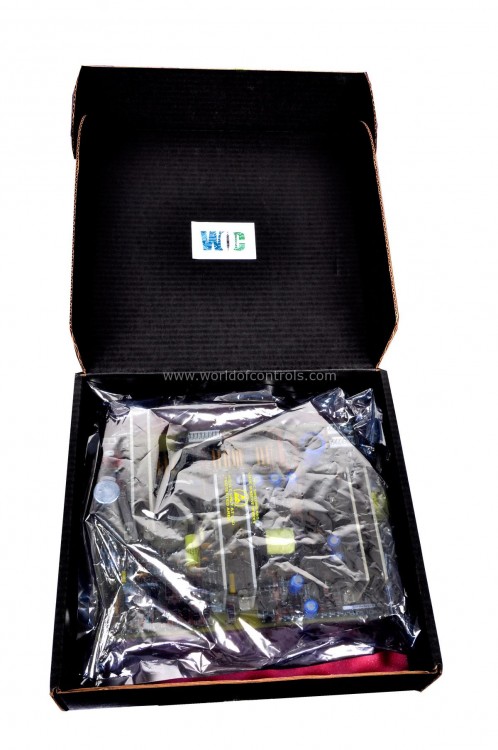
World Of Controls understands the criticality of your requirement and works towards reducing the lead time as much as possible.
DS200TCQBF1ABH - Software EPROM Set is available in stock which ships the same day.
DS200TCQBF1ABH - Software EPROM Set comes in UNUSED as well as REBUILT condition.
To avail our best deals for DS200TCQBF1ABH - Software EPROM Set, contact us and we will get back to you within 24 hours.
Part No.: DS200TCQBF1ABH
Manufacturer: General Electric
Country of Manufacture: United States of America (USA)
Storage temperature: -40 to 85oC
Relative humidity: 5 to 95 percent, no-condensing
Product Type: Software EPROM Set
Availability: In Stock
Series: Mark V
DS200TCQBF1ABH is a Software EPROM Set developed by GE. It is a part of Mark V control system. The software EPROM set is a part of within the Analog IO Board. The signals related to generator and line operations are exchanged with the TCQC board through the JE connector. Specific 4-20 mA input signals, like those from fuel flow pressure and compressor stall-detect sensors, undergo scaling and conditioning directly on the TCQA board.
The WOC team is always available to help you with your Mark V requirements. For more information, please contact WOC.
What is DS200TCQBF1ABH?
It is a Software EPROM Set developed by GE under the Mark V series.
What is the significance of the pulse rate input circuit in system operation?
The circuit ensures precise measurement and control of rotational speeds and other parameters, contributing to operational safety, efficiency, and maintenance planning.
Can the board handle pulse rate inputs from different types of sensors?
Yes, the board is designed to accommodate pulse rate inputs from both TTL and magnetic pickup sensors, offering flexibility to adapt to various system requirements and configurations.
What steps should I take to ensure accurate pulse rate monitoring with the board?
Ensure proper installation and configuration of terminal boards (QTBA, PTBA) and verify jumper settings as per the hardware jumper screen on the operator interface. Regularly calibrate sensors and monitor signal integrity for consistent performance.